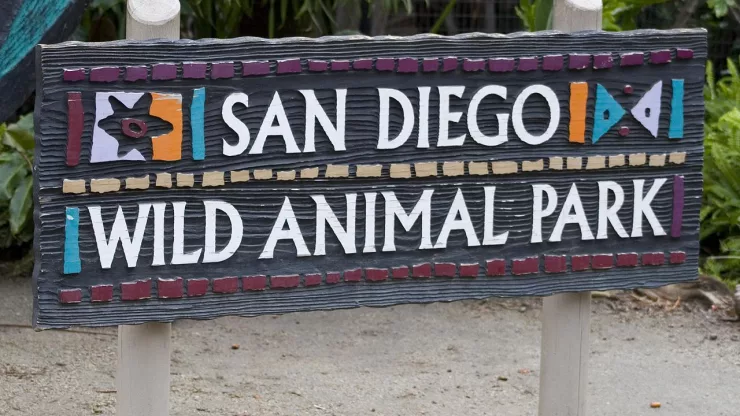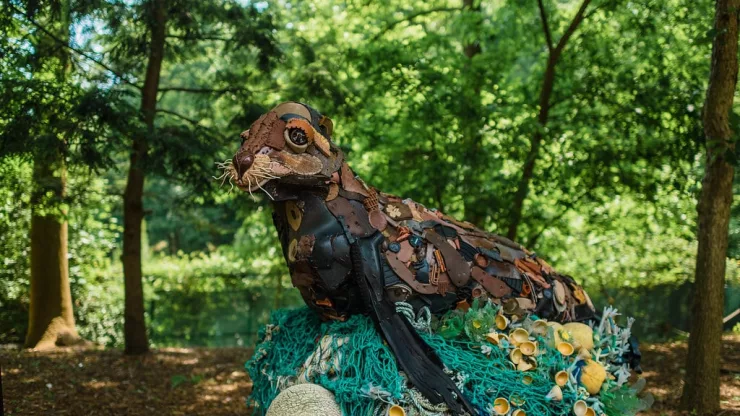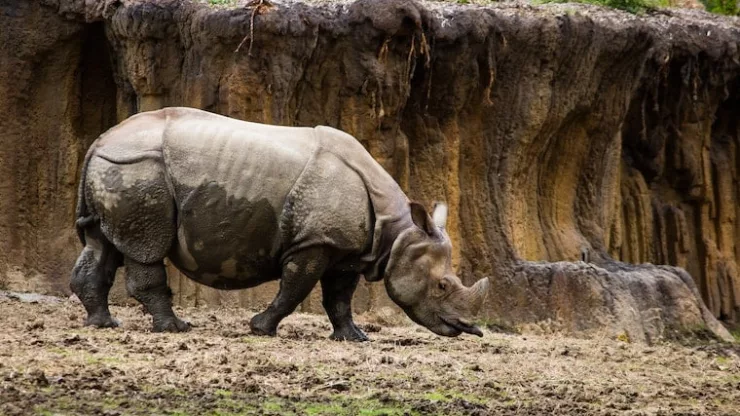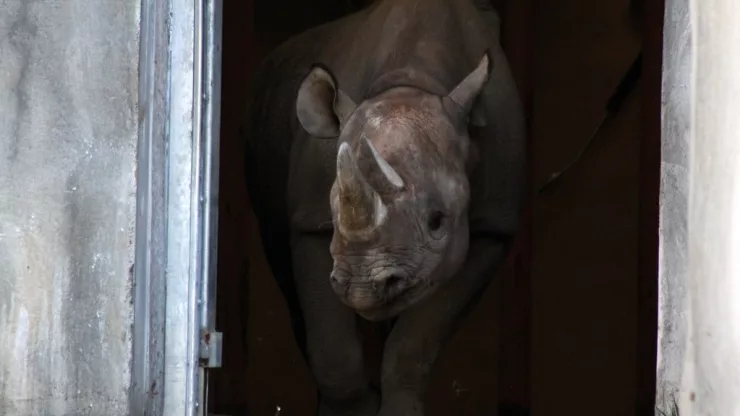The Bronx Zoo, located in the Bronx borough of New York City, is one of the largest metropolitan zoos in the world.
For over a century, the zoo has been a leader in wildlife conservation, breeding and reintroducing endangered species back into the wild.
The zoo is home to over 6,000 animals representing more than 700 species from around the world.
In this article, we will explore the history of wildlife conservation at the Bronx Zoo, the importance of conservation efforts, plans to unleash more animals into the wild, success stories of released animals, challenges faced in reintroducing wildlife, collaborations with local communities, Bronx Zoo’s role in species preservation, the impact of unleashed wildlife on ecosystems, how you can support wildlife conservation, and the future of wildlife at Bronx Zoo.
Jump to Section
History of wildlife at Bronx Zoo
The Bronx Zoo was opened on November 8, 1899, and was the first zoo in the United States to have naturalistic habitats for the animals.
The zoo’s founders, William Hornaday and Madison Grant, believed that zoos should be more than just places for entertainment; they should be centers for conservation and education.
Since then, the Bronx Zoo has been a leader in wildlife conservation, participating in breeding programs for endangered species and reintroducing them back into the wild.
In 1951, the zoo created the Wildlife Conservation Society (WCS), which operates five wildlife parks and aquariums around the world and is dedicated to conserving wildlife and their habitats.
The importance of conservation efforts
Conservation efforts are important to preserve the biodiversity of our planet.
Human activities such as habitat destruction, poaching, and climate change are causing many species to become endangered or extinct.
Zoos play a critical role in conservation efforts, providing a safe environment where endangered animals can be protected and bred.
Zoos also provide a platform for educating the public about the importance of conservation efforts and inspiring them to take action to protect wildlife and their habitats.
The Bronx Zoo, through the WCS, has been instrumental in the conservation of many species, including the American bison, the California condor, and the black-footed ferret.
Plans to unleash more animals into the wild
The Bronx Zoo has been successful in breeding and reintroducing many endangered species back into the wild, including the Arabian oryx, the Przewalski’s horse, and the Chinese alligator.
The zoo has plans to unleash more animals into the wild, including the Wyoming toad, the Guam kingfisher, and the red wolf.
These animals have been bred in captivity and are being prepared for release into their natural habitats.
The zoo works closely with government agencies, conservation organizations, and local communities to ensure the success of these reintroduction programs.
Success stories of released animals
The Bronx Zoo has had many success stories in reintroducing animals back into the wild.
The American bison, which was on the brink of extinction in the 1800s, was successfully reintroduced into the wild in the early 1900s.
Today, there are over 500,000 bison in North America.
The California condor, which was down to just 27 birds in the 1980s, was bred in captivity and released back into the wild.
There are now over 400 condors in the wild.
The Bronx Zoo’s success in breeding and reintroducing endangered species back into the wild has made it a model for zoos around the world.
Challenges faced in reintroducing wildlife
Reintroducing animals back into the wild is not without its challenges.
Animals bred in captivity may not have the necessary skills to survive in the wild, such as hunting or avoiding predators.
The animals may also face competition from other animals for food and territory.
In addition, reintroduction programs require the cooperation of local communities, who may not always be supportive of having wild animals in their area.
The Bronx Zoo works closely with government agencies, conservation organizations, and local communities to address these challenges and ensure the success of reintroduction programs.
Collaborations with local communities
The Bronx Zoo works closely with local communities to ensure the success of reintroduction programs.
The zoo engages with local communities to educate them about the importance of conservation efforts and the benefits of having wildlife in their area.
The zoo also works with local communities to address any concerns they may have about having wild animals in their area.
In addition, the zoo provides employment opportunities and supports local businesses, creating a positive impact on the local economy.
Bronx Zoo’s role in species preservation
The Bronx Zoo’s role in species preservation goes beyond breeding and reintroducing endangered species back into the wild.
The zoo also conducts research on the behavior and biology of animals, which helps inform conservation efforts.
The zoo also advocates for policies that protect wildlife and their habitats, and collaborates with other organizations to address global conservation issues.
The zoo’s impact on wildlife conservation extends far beyond the borders of the Bronx.
The impact of unleashed wildlife on ecosystems
Reintroducing animals back into the wild has a positive impact on ecosystems.
These animals play a critical role in maintaining the balance of ecosystems by controlling populations of other animals and helping to disperse seeds.
For example, reintroducing wolves into Yellowstone National Park helped to control the elk population and allowed the vegetation to recover.
Releasing animals back into the wild is not only good for the animals, but also for the environment.
How you can support wildlife conservation
There are many ways you can support wildlife conservation. You can support zoos and conservation organizations by making donations or volunteering.
You can also take actions in your daily life to reduce your impact on the environment, such as reducing your use of plastic or supporting sustainable agriculture practices.
Educating yourself and others about the importance of conservation efforts is also important.
Every action, no matter how small, can make a difference in protecting wildlife and their habitats.
The future of wildlife at Bronx Zoo
The future of wildlife at the Bronx Zoo looks bright.
The zoo is committed to continuing its efforts in breeding and reintroducing endangered species back into the wild and preserving the biodiversity of our planet.
The zoo is also expanding its efforts in education and outreach, inspiring the next generation to take action to protect wildlife and their habitats.
The Bronx Zoo is more than just a zoo; it is a leader in wildlife conservation and a model for zoos around the world.
The Bronx Zoo’s century-long commitment to wildlife conservation has made it a world-renowned leader in the field.
From breeding and reintroducing endangered species back into the wild to advocating for policies that protect wildlife and their habitats, the Bronx Zoo’s impact on wildlife conservation extends far beyond the borders of the Bronx.
With plans to unleash more animals into the wild and a commitment to education and outreach, the future of wildlife at the Bronx Zoo looks bright.
Everyone can play a role in protecting wildlife and their habitats.
By supporting zoos and conservation organizations, taking actions to reduce our impact on the environment, and educating ourselves and others about the importance of conservation efforts, we can make a difference in preserving the biodiversity of our planet.
I’m a nature enthusiast and creator of Metro Wilds and have spent years exploring the great outdoors.
With a passion for environmental conservation and sustainability, I have dedicated my career to writing about the beauty and wonders of nature, as well as the threats facing our planet.
Contact me at [email protected] for assistance.





